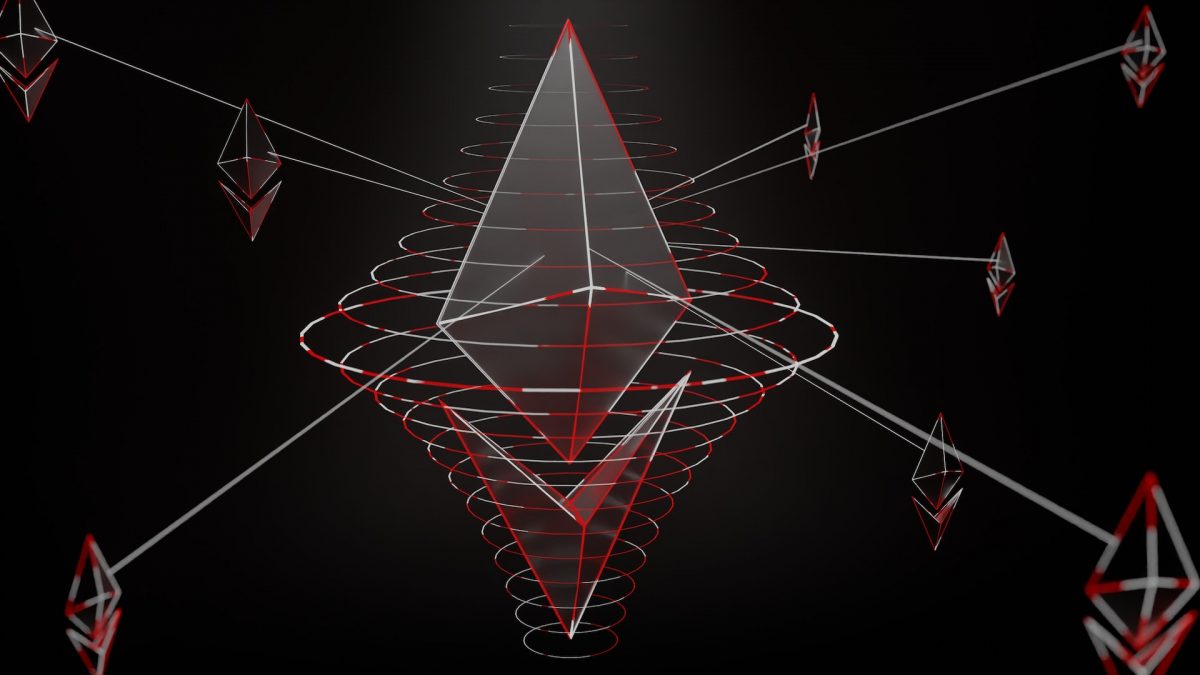The Merge Came with a Lesson We Can’t Afford to Ignore
Society has never been very good at dealing with the emergence of new technologies. Even a cursory look at history reveals some of the usual suspects: the discovery and harnessing of electricity, the advent of the world wide web, and the birth of artificial intelligence, for a start.
In every case, people met these technological advancements with a mix of fear, optimism, caution, and even indifference. In the 1920s, the New York Edison Company had to advertise in the newspaper to convince the public of electricity’s utility. Shortly after the British scientist Tim Berners-Lee invented the world wide web (as distinct from the existing internet infrastructure he built it upon), several individuals and groups began calling into question the ideas at the core of the technology, ranging from the weightlessly cynical to the serious and prescient. Even today, most Americans are more concerned than excited about the possibility of AI becoming an increasingly common part of their lives.
So it comes as little surprise that the blockchain, a technological breakthrough first executed correctly in 2009 by Satoshi Nakamoto, continues to fight for mainstream acceptance as a legitimate and crucial piece of the future puzzle.
Blockchain’s reputation and the environmental charge
Reputation is a tricky thing, and the blockchain has been trying to shake off the unsavory image the general public has had of it since its inception. You can see it in the numbers: In the United States, the amount of people investing in crypto hasn’t grown since last September, and just under half of the population even has a working knowledge of NFTs.
Lack of trust is one issue that plays into such low and slow adoption rates. In Germany, for example, even those who own cryptocurrency trust their coins just a tiny fraction more than those who don’t. Unsavory market conditions have their role to play as well; 2022 has not been kind to the crypto world, to put it lightly. It’s not the first bear market the space has seen, either, and it won’t be the last. Coupled with the general speculative nature of blockchain-based digital assets, the latest crypto winter has done even more to cool many to the idea of interacting with anything blockchain-related at all.
All of this set the stage for fresh discontent with the technology when the environmental toll of crypto mining started coming increasingly into public view. Awareness of proof-of-work consensus systems (the mechanism several of the largest chains out there use to operate their public ledgers) has grown steadily since 2015. The last two years, in particular, have seen fervent debate surrounding just how much damage these silly little JPEGs actually do to the planet. Overall, the issue became another reason for people to demonize a technology with which they had little familiarity.
Misinformation about blockchain’s environmental impact
But exactly how much environmental impact an NFT or cryptocurrency transaction has is not an easy question to answer, not least because of the technical complication of how the blockchain functions. But that didn’t stop articles that perpetuated misinformation about blockchain transactions from proliferating online, nor did it stem the tide of outrage addicts on Twitter from launching acerbic indictments against organizations who were getting in on the NFT game.

The most common comparison critics centered on was the claim that you need to spend as much energy as is required to power a mid-sized house for three months to power a single Bitcoin transaction.
But crypto miners powering proof-of-work consensus don’t mine transactions; they mine blocks. And depending on the chain, blocks can contain hundreds or even thousands of individual transactions. If a block isn’t full, adding a transaction costs nothing extra in terms of the energy crypto miners use to operate the chain. Claiming that a single transaction on the blockchain uses the energy needed to add a block to the network is problematically simplistic at best and misleading at worst.
The Ethereum merge changes the discussion
Now that the merge has finally happened, experts expect Ethereum’s energy consumption to fall anywhere from 99.5 to 99.99 percent. It will be interesting to see what the actual numbers look like in the coming weeks and months, but the outlook is optimistic — there is every reason to celebrate this move as both a win for the environment and for Web3.
In the space this win provides us, we have an opportunity to reevaluate how we think about blockchain-based technologies and focus on more nuanced, galvanizing conversions that are conducive to building a sincerely hopeful Web3 future.
How do we do that? By focusing on the wins and the actual issues inherent in Web3.
No serious person is arguing that Web3’s troubles — environmental or otherwise — are over. Ethereum is one chain among many, and no industry, no matter how energy-efficient its tech, can claim to be more beneficial to the environment than its absence. Likewise, social issues within the space abound: Web3 has earned its unfortunate “crypto bro” reputation, nepotism in the NFT ecosystem is a serious problem, and nobody quite knows how to balance the ethos of decentralization with the practical managing of security issues.
And after you’ve waded your way through the several misconceptions about the merge that have been floating around online in recent months, one thing remains clear: Web3 can evolve in a good way. But we need to do better in thinking about the kinds of conversations we’re going to have if we want to steer the next iteration of the web toward a place that allows for the maximum benefit for the maximum amount of people.
We owe Web3 excited accountability
Analyzing the environmental criticisms lobbed at the blockchain and dissecting their origins reveals a picture that is less about one of sincere concern for a technology’s effects on the planet and more one of reactionary moral proselytizing born out of a fear of the unknown and the unknowable.
The blockchain is likely decades away from reaching anything resembling its full potential. Most of the analogies that liken Web3’s early days (which we’re still very much in) to the early days of email, Web2, and so many other technologies are spot on in their comparisons. We’ve been here before. Once we acknowledge that context, we can focus on not just different questions but better questions. What are the legitimate criticisms that Web3 builders need to address? What are the best ways to go about working collaboratively to address them?

Adjusting to and incorporating new technology into society will always be messy, but it doesn’t always have to be messy in the same way. We don’t have to approach the blockchain the way many of us approached electricity or the world wide web — with heavy dread and trepidation. Suppose we want to build the brightest possible future that the blockchain can help us catalyze.
NFTs have already done some truly amazing things in the world, and they’re just getting started. People have used them to fundraise for groups fighting to protect women’s reproductive rights. Scientists are using them to fund their research. Activists have raised millions to support Ukraine’s fight against Russia. They’ve expanded the fashion world and helped creatives overcome the injustice of censorship.
It’s worth underlining that this list goes on. The blockchain is helping creatives chip away at the absurd and insulting “starving artist” trope that has been a black eye on society for hundreds of years by enabling artists to earn a decent living off of their work. It’s redefining how people view the ownership of digital property, creating a more just dynamic for those whose work proliferates online. The blockchain could even upend the carbon credits market, potentially revolutionizing how we use that tool to fight climate change. The possible use cases are almost as limitless as our imagination.
Put shortly, it’s a game changer. Yes, Web3 can be an opaque and fraud-wrought space. It needs greater accountability, increased safety, and better ways for the average internet denizen to onboard to it. But in reaching for these, we’d do well to remember the inimitable Alan Watts’ perspective on anxiety for the unknown and the difficult. “The rule for all terrors is head straight into them,” he explained to an audience during a lecture on psychedelics at San Jose University in 1966. “When you are sailing in a storm, you do not let a wave hit your boat on the side. You go bow into the wave — and ride it.”
The post The Merge Came with a Lesson We Can’t Afford to Ignore appeared first on nft now.

